English 115: Examining the History of Residential Schools in Canada
VerifiedAdded on 2023/06/03
|5
|1076
|385
Essay
AI Summary
This essay, written for English 115, delves into the history and legacy of Canadian residential schools, focusing on the injustices and unethical behaviors that characterized these institutions. The essay begins by outlining the government's assimilation policies and the role of Christian churches in establishing the schools. It then explores various aspects of residential school life, including the use of harsh discipline, rampant sexual abuse, and the suppression of indigenous languages. The essay highlights specific incidents of abuse, such as the humiliation of students for bedwetting and the lack of response to sexual assault. The author emphasizes the inhumane conditions endured by students and the lasting impact of these experiences. The essay references key events in the history of residential schools, such as the opening of the Mohawk Indian Residential School and the launch of the Truth and Reconciliation Commission. The essay concludes by underscoring the need to acknowledge and address the trauma caused by the residential school system.
1 out of 5
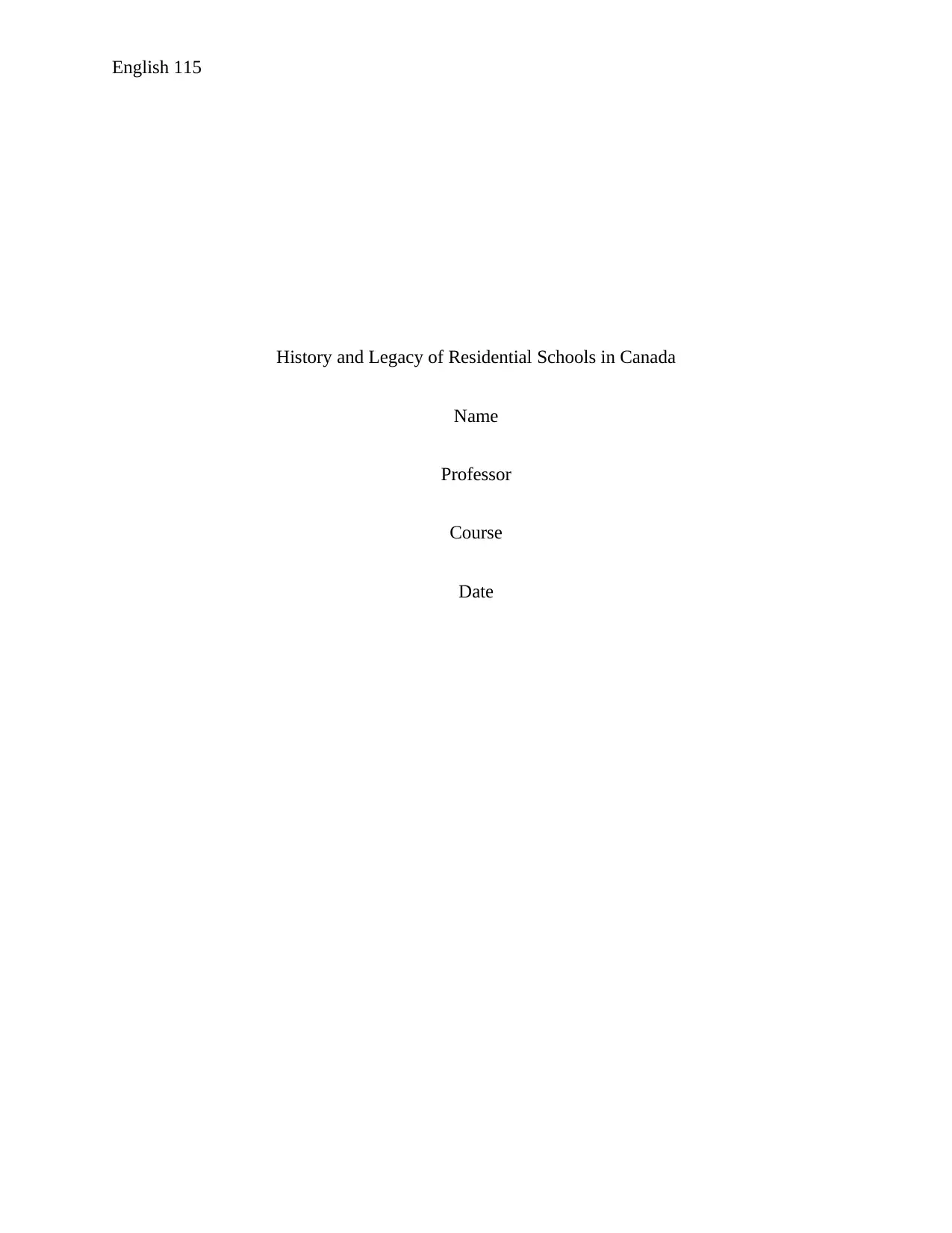
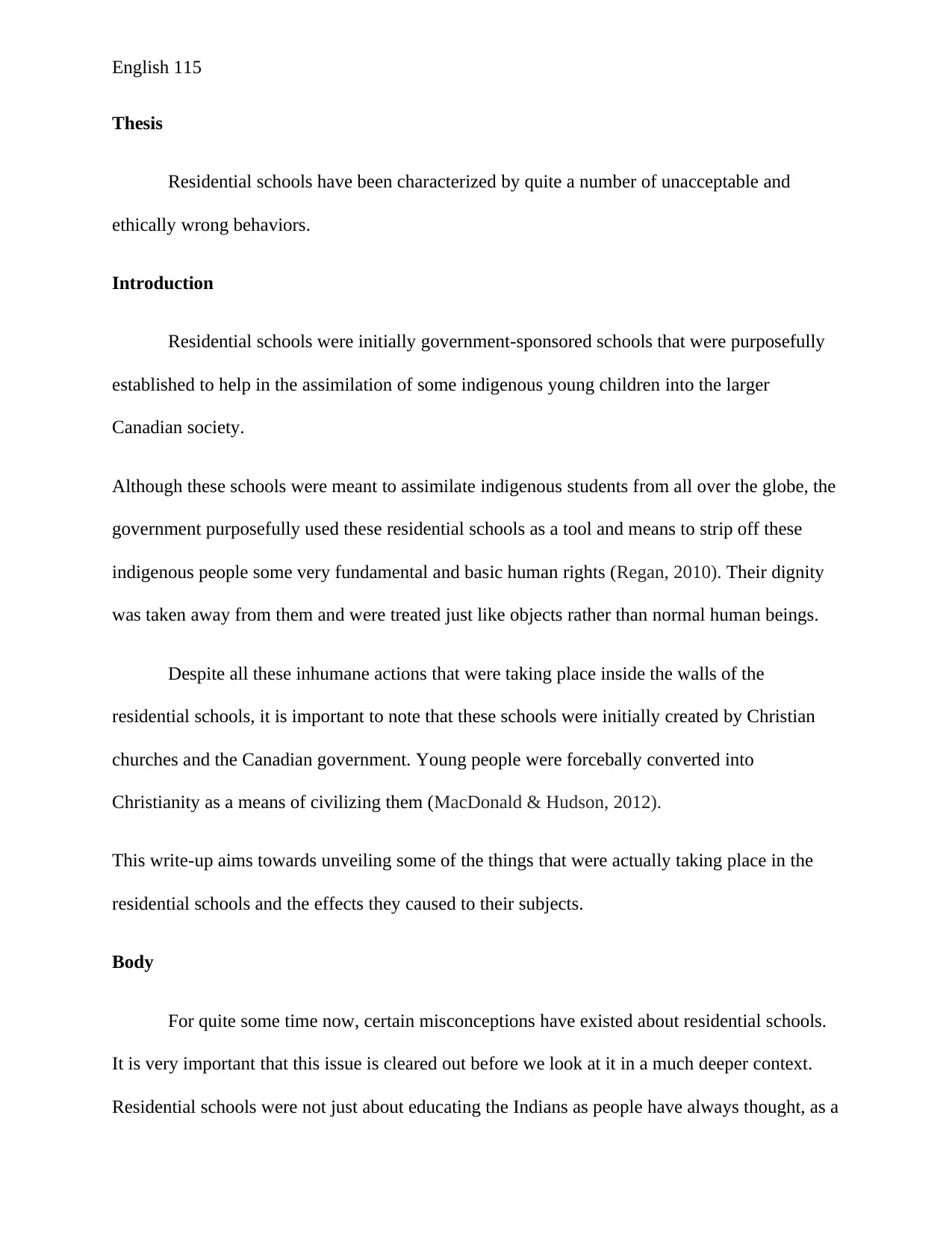
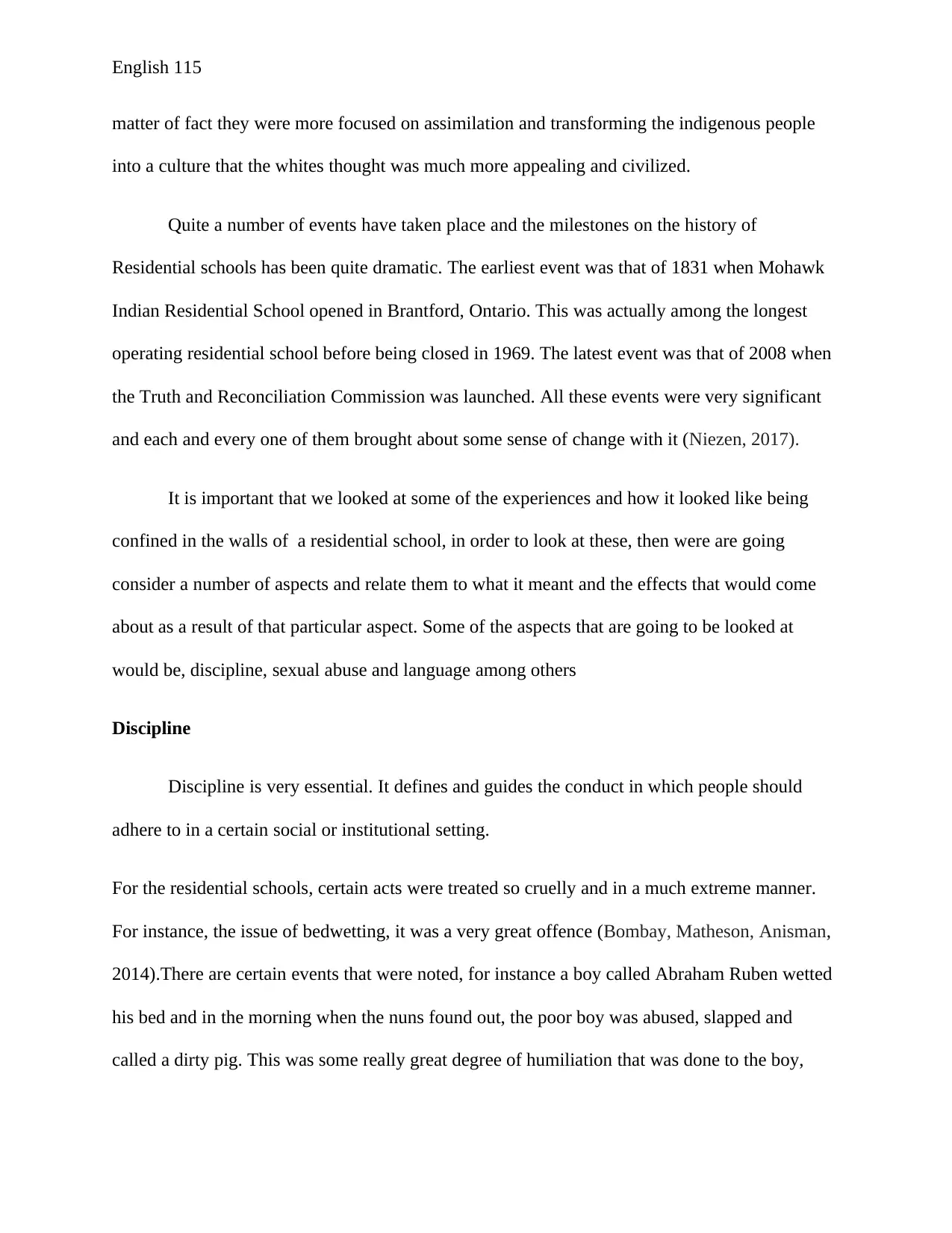

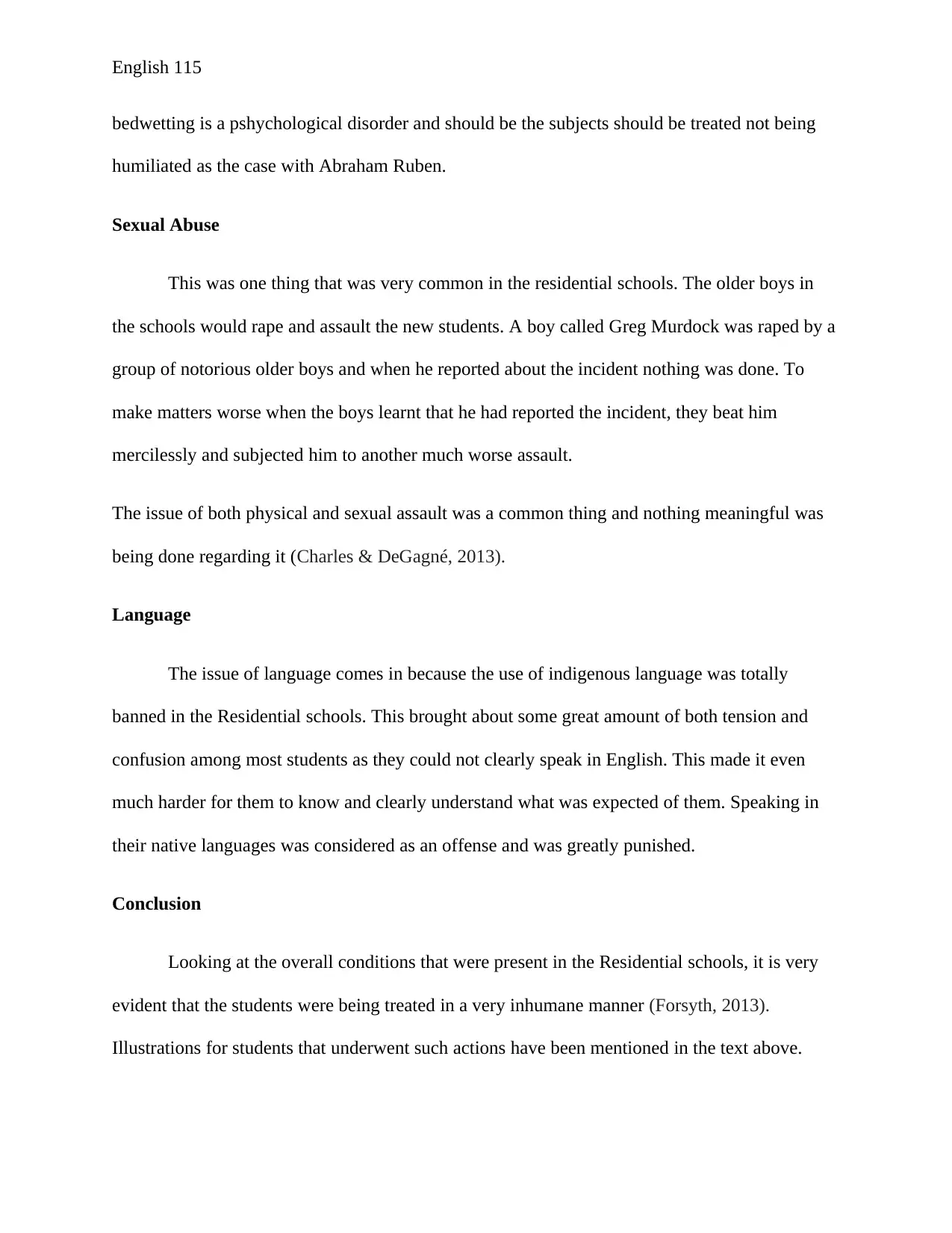
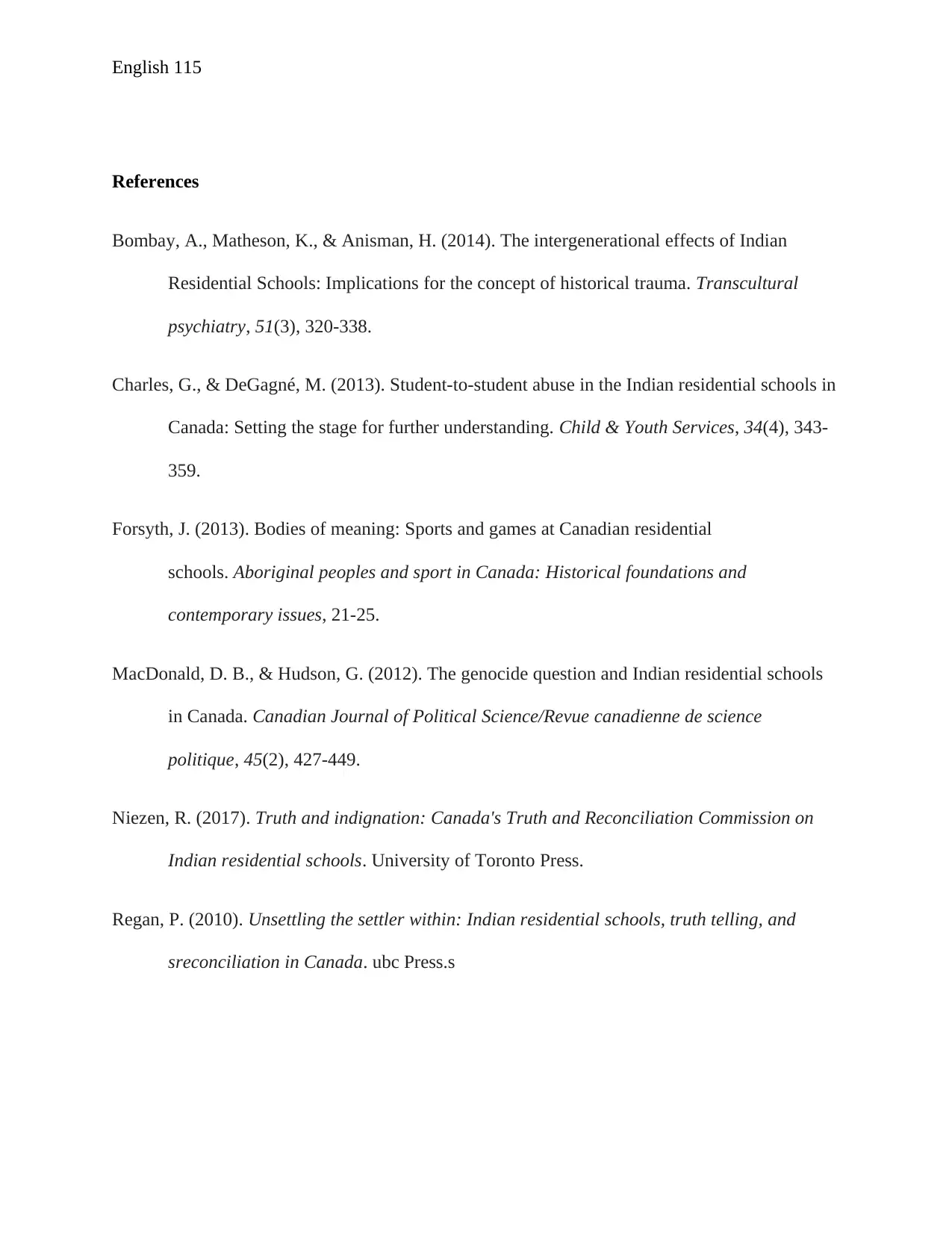



![[object Object]](/_next/static/media/star-bottom.7253800d.svg)